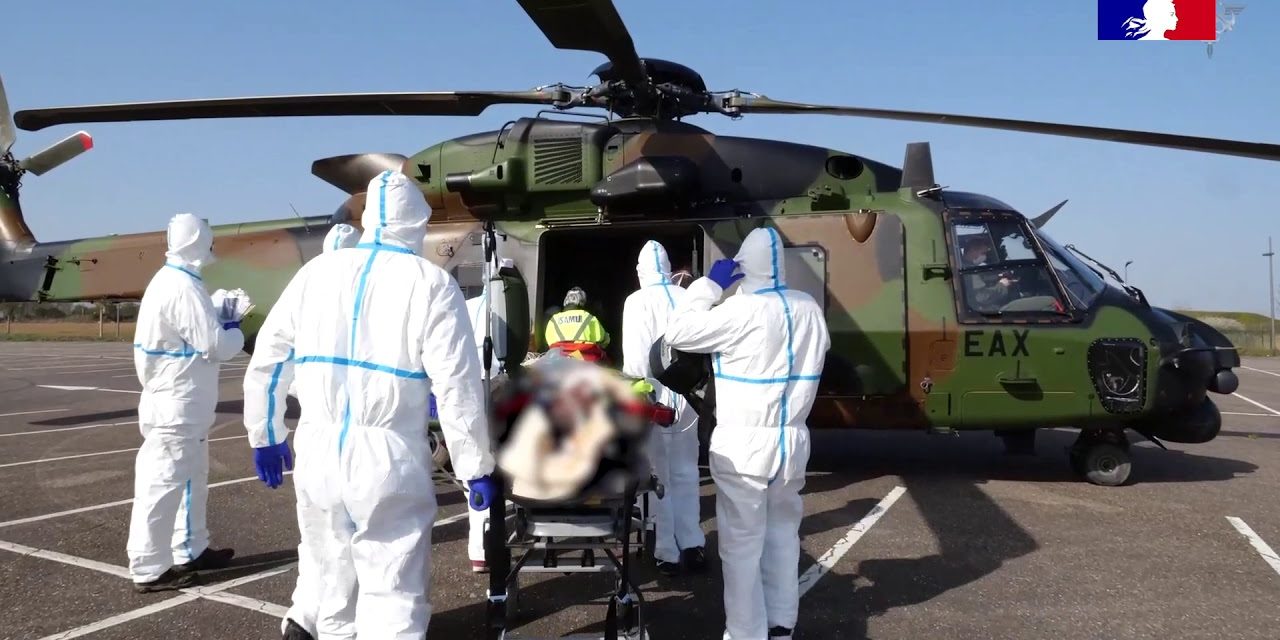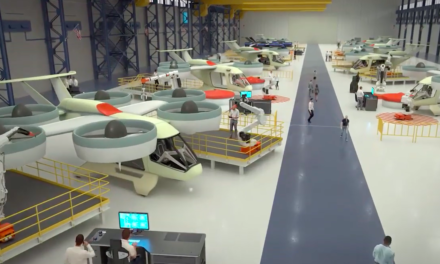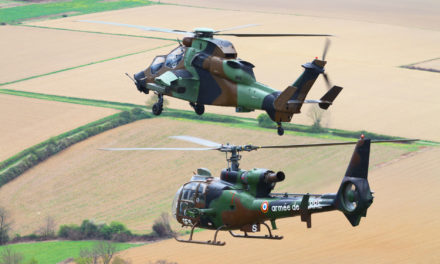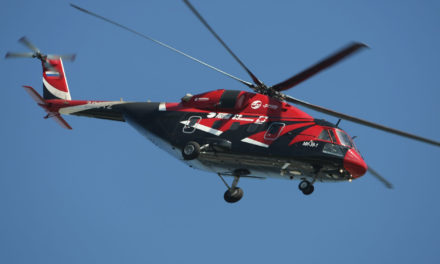By Fred Vergnères
After the French Air Force, it is the French Army’s turn, and its’ Aviation Légère de l’Armée de Terre (ALAT) -Light Aviation Army – to implement its air assets. On March 28th, three transfers were administered at the benefit of six patients suffering from Covid-19. The transfers were carried out by two aircrafts from the 1st Regiment of Helicopter Combat (1st RHC) in Phalsbourg, in order to relieve hospitals in the East of France. Flights were carried out in the morning hours from Metz to Essen (Germany), and from Mulhouse to Geneva (Switzerland) in the afternoon. On Sunday the 29th, the same aircrafts were also used to evacuate 6 other patients from Besançon to Grenoble and Clermont-Ferrand; and from Metz to Essen in Germany. At the end of the daily missions, the two aircrafts left for Phalsbourg to undergo a complete decontamination phase.
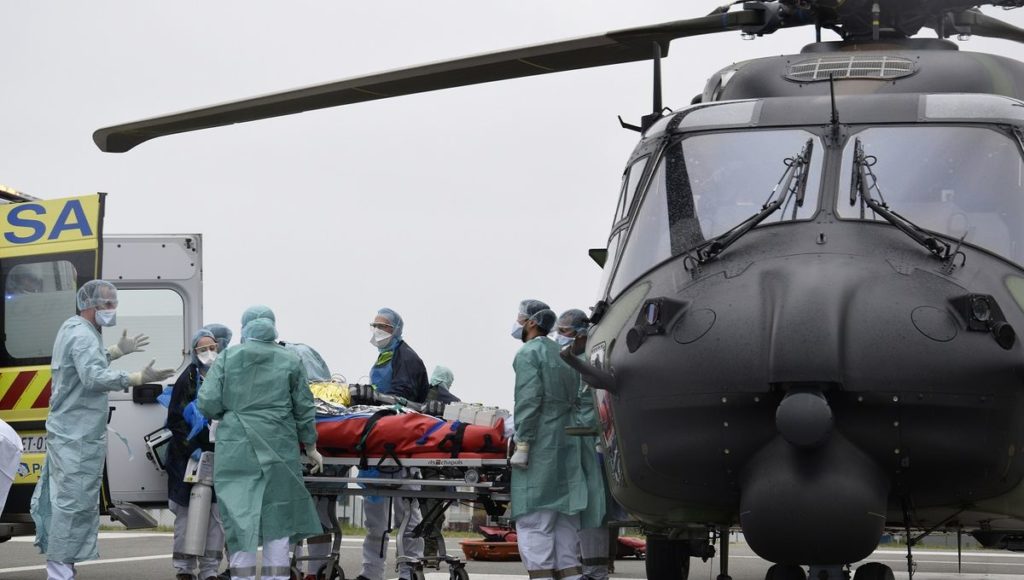
In order to establish the procedure for transferring intensive care patients, the 1st RHC worked on the implementation of an operational protocol in cooperation with GAMSTAT – Groupement Aéromobilité de la Section Technique de l’Armée de Terre – Aeromobility Group of the Ground Army Technical Section, the units of the SAMU – Service d’Aide Médicale Urgente / Emergency Medical Assistance Service – and the 2nd Dragon Regiment Régiment de Dragon, a unit specialized in nuclear, biological and chemical (NRBC) threats. “The idea was to be able to adapt the existing equipment to that of the SAMU, thus, limiting as much as possible the manipulations during the transfers between the ambulance and the helicopter, but also to preserve the initial containment of the patient,” said a spokesman of the Alat. To do so, the teams had to reinvent the NH90 cargo bay to be able to integrate the two conditioned stretchers and the resuscitation systems. Models, which are not normally used on these devices during EVASAN missions abroad.
In addition to the integration of the medical equipment, all stakeholders had to take into account the isolation of the cockpit from the rest of the teams in the hold, by integrating a protective device between the two zones. The implementation of basic procedures between the crew and the EMS medical teams were also defined. Through the integration of military medical personnel and bunker personnel, they were capable of guaranteeing, not only the handling of the helicopter’s safety elements (door, cargo hold, etc.), but also the autonomy of the batteries for the on-board medical equipment.
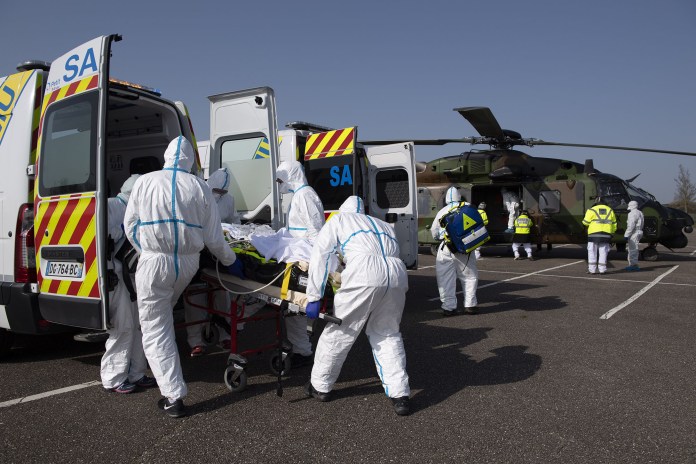
Despite the complexity of implementing such a system, the mission testing and certification phases were completed in a very short period of time. They were validated the day before the first mission. However, from the very beginning of the epidemic and the subsequent containment measures, GAMSTAT had already envisioned a working hypothesis of this type of mission, and visualizing the action plan with the airborne elements available in the territory. Already particularly solicited by external operations, the 1st RHC in Phalsbourg remains, after a very busy weekend, on high alert for new transfer missions. At the moment, there are none planned, but they can be triggered at any time, based on the needs of the hospitals. For the General Staff, “these missions, and the air assets committed to them are used to meet the needs of the health services, and are carried out on the orders of the President of the Republic and the Ministry of Solidarity and Health“. The fact remains however, in the event of a crisis escalation the helicopter system could without problem be reinforced on other sites in the hexagon, from the Caymans base at the CFIA – Centre de Formation Inter Armées – in Le Cannet des Maures and those of the 5th Regiment of Helicopter Combat (5e RHC) in Pau.

